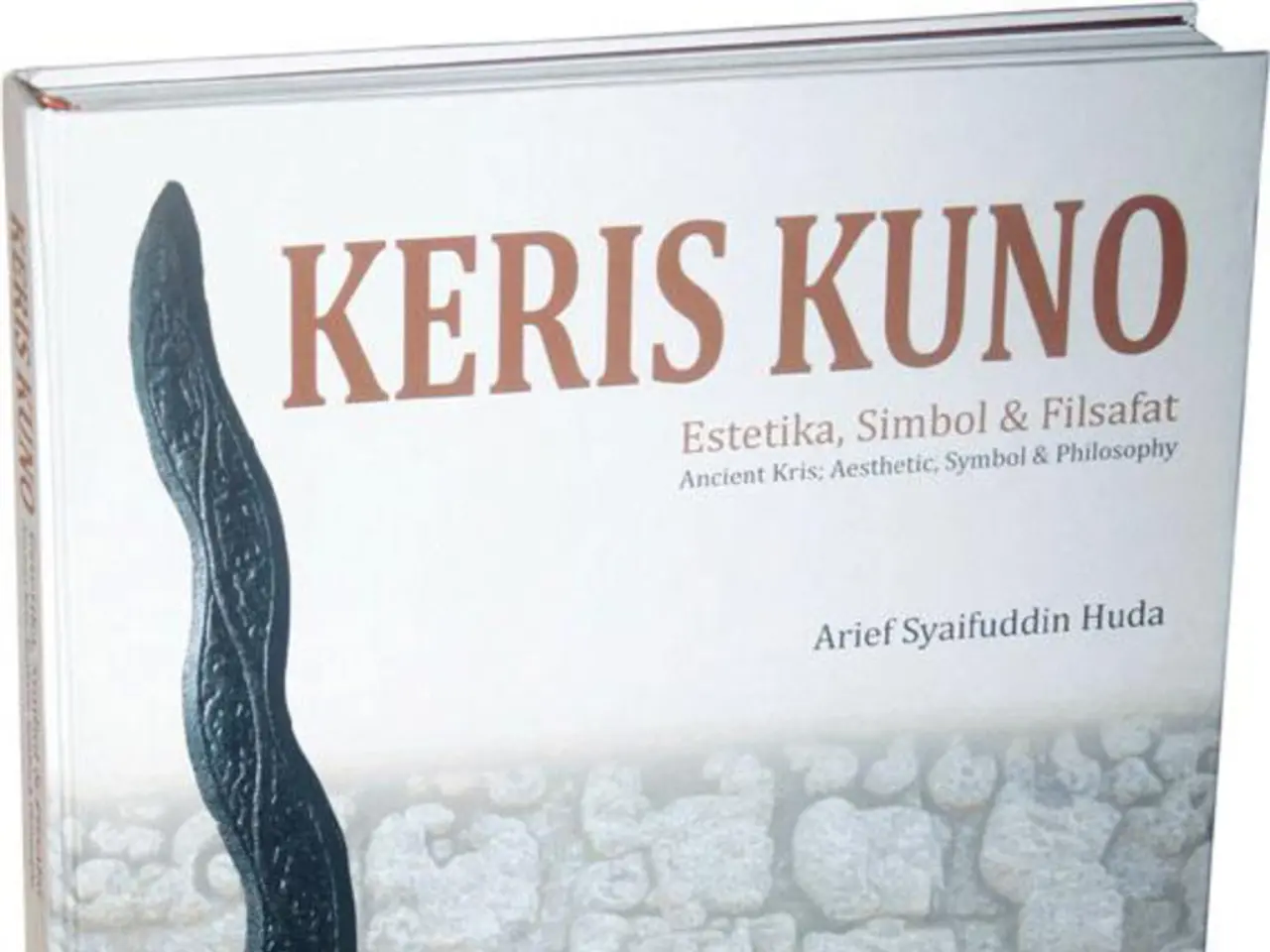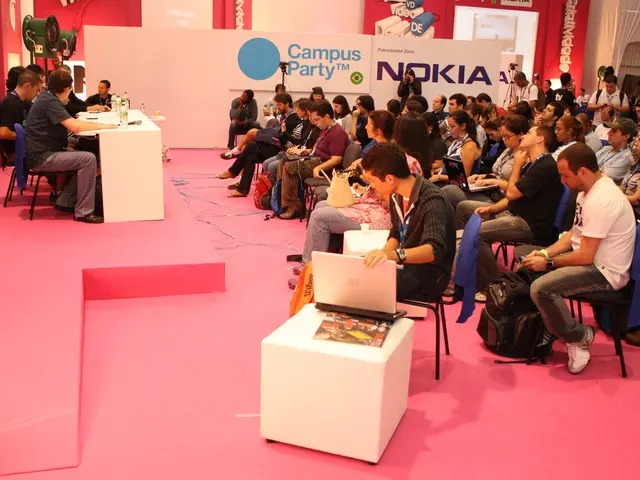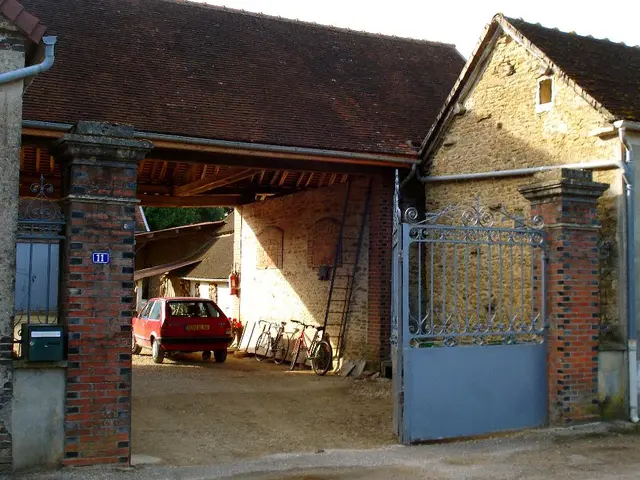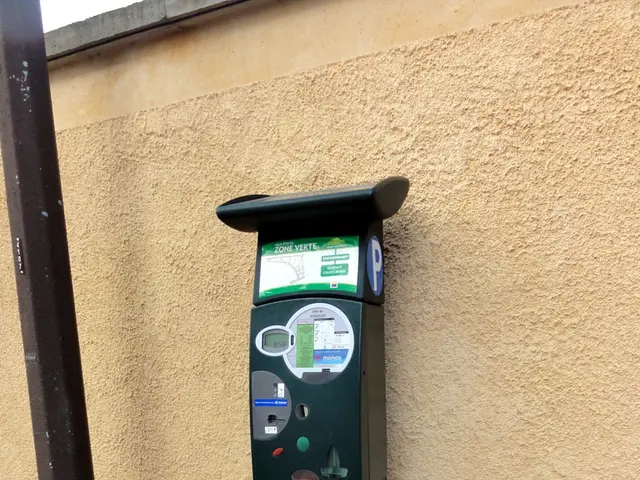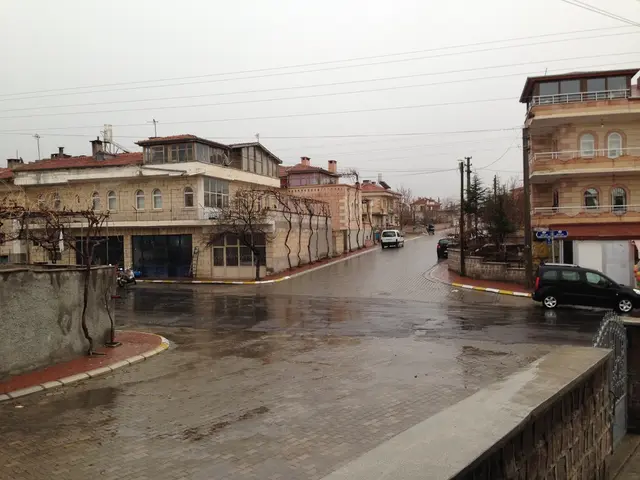Archaeologists Crack Code on 2000-Year-Old Herculaneum Scrolls Buried by Volcano Vesuvius
In the year 79 CE, the eruption of Mount Vesuvius buried the coastal towns of Pompeii and Herculaneum under a layer of ash and volcanic debris. Among the treasures lost was a vast collection of papyri, one of which was recently deciphered by a team of researchers.
The scroll, known as PHerc. 172, was discovered in the lost Roman town of Herculaneum in 1750. It was later gifted to Oxford University's Bodleian Libraries by Ferdinand IV of Naples and Sicily in the early 19th century. The scroll, which was previously owned by King Ferdinand IV of Naples before being gifted to the University of Oxford, was scanned by the United Kingdom's Diamond Light Source in 2024.
The challenge of deciphering the scroll's text fell to experts at the University of Kentucky, who developed a digital unwrapping technique for fragile documents using X-ray tomography, computer vision, and neural networks. With the help of artificially intelligent algorithms, the scroll's text was made intelligible.
One of the first translated words was the Ancient Greek "διατροπή," or "disgust," which appears twice in the first columns of text. The research team is holding out hope that the work's title may be included in the core of the papyrus.
The team, which includes Luke Farritor, a 23-year-old researcher, has detected about the last 26 lines of each column of text. Their efforts were rewarded in October 2023, when Luke Farritor won $40,000 for his individual efforts. In 2023, the team won the grand prize of $700,000.
The Bodleian Libraries released a statement expressing excitement about the incredible moment in history where librarians, computer scientists, and scholars of the classical period are collaborating to see the unseen. Richard Ovenden, the director of the University Libraries, stated that the project is a perfect example of libraries, humanities, and computer science complementing each other's expertise to understand the common past.
The scroll is one of three carbonized scrolls housed at the University of Oxford's Bodleian Libraries. The papyri in the villa of Julius Caesar's father-in-law were carbonized by the eruption's pyroclastic outflow. The deciphering of this scroll offers a tantalizing glimpse into the lives and thoughts of the people who lived in Herculaneum over 2,000 years ago.
The scroll's contents have been digitally pieced together in the six months following the scan. As the team continues to unravel the secrets of this ancient text, we can only imagine the stories it will reveal about the people and events of the past.
